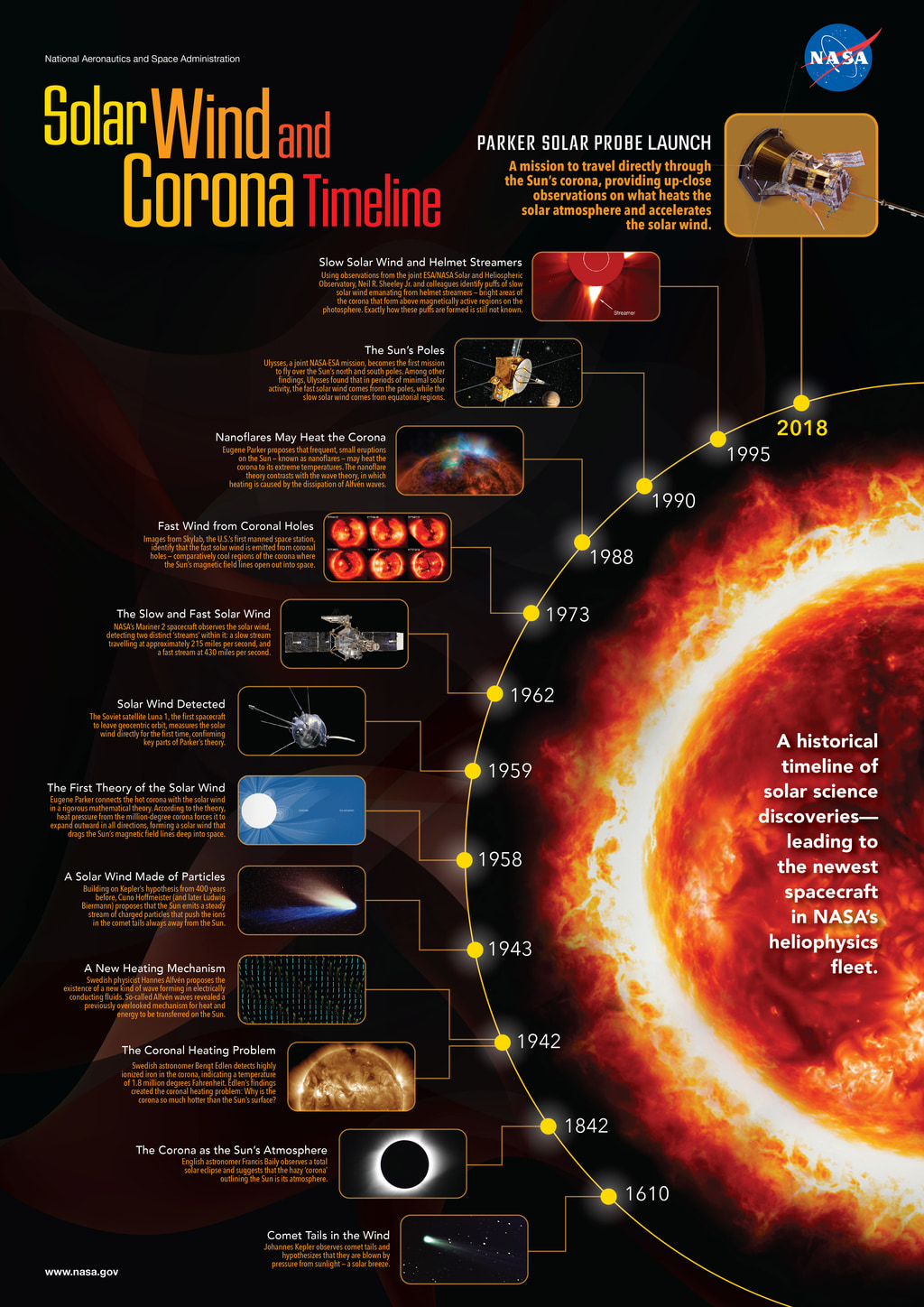History:
In 1912, a scientist Alfred Wegener proposed the first theory of the continental drift. But Wegener didn't have an explanation of how the continents could move around the planet. Van der Elst said, "Before plate tectonics, people had to come up with explanations of the geologic features in their region that were unique to that particular region."
This video on top is about the history of Earth's Plate Tectonics
This is a video from National Geographic about the Continental Drift
How many plates are there?
:max_bytes(150000):strip_icc():format(webp)/tectonic-plates-world-map-889618718-5aa82b1fa9d4f90036c8fcf4.jpg) According to World Atlas, there are nine major plates. The nine major plates are North American, South American, Eurasian, African, Australian, Pacific, Antartic. The plates are named after the landforms found on them. Do you know what's the largest plate? It's the Pacific Plate with 103,000,000 square kilometres. Most of the plate is located under the ocean. Also, there are other smaller plates around the world. The Pacific plate is moving northwest at a speed of around 7 cm per year.
According to World Atlas, there are nine major plates. The nine major plates are North American, South American, Eurasian, African, Australian, Pacific, Antartic. The plates are named after the landforms found on them. Do you know what's the largest plate? It's the Pacific Plate with 103,000,000 square kilometres. Most of the plate is located under the ocean. Also, there are other smaller plates around the world. The Pacific plate is moving northwest at a speed of around 7 cm per year.Plate Boundaries
There are three types of plate boundaries, Convergent boundaries, Transform boundaries, and Divergent boundaries.
Convergent boundary
There are three types of convergent boundaries. Oceanic-Continental, Continental-Continental and Oceanic-Oceanic. These images are from https://en.wikipedia.org/wiki/Convergent_boundary
 |
| Oceanic-Oceanic |
 |
| Continental-Continental |
 |
| Oceanic-Continental |
Convergent boundaries form when two tectonic plates collide with each other or two tectonic plates move towards each other (one might dip beneath the other). You can find convergent boundaries at the west coast of South America between the Nazca plate and the South American plate. The collision of the plates was how the Andes Mountains were formed. Did you know that convergent boundaries can also form islands? Did you also know that New Zealand is currently astride the convergent boundary between the Australian and the Pacific Plate? Around 23 million years ago the convergent plate boundary formed Northland. Around 10 million years ago the Coromandel Ranges were formed.
 |
| The Alpine Fault line through the South Island Credit: https://www.gns.cri.nz/ |
Transform boundary
As the two plates rub against each other, large pressures are set up that can affect portions of rock to break, resulting in earthquakes. These places are called faults. The Alpine Fault is a fault running through the South Island. One well-known example of a transform boundary is the San Andreas Fault in California.
Divergent boundary
 |
| Continental-Continental divergent/constructive boundary |
Divergent boundaries are different than the other two boundaries. Divergent boundaries can cause by two plates moving away from each other, a new crust is forming from magma that rises upon Earth's surface, by the two moving plates.
What I've learnt?
- Alfred Wegner had the first theory of the continental drift.
- The Pacific Plate is 103,000,000 square kilometres big.
- The Pacific Plate is moving northwest at a speed of 7cm per year.
- There are three types of plate boundaries.
- Information about the three plate boundaries.






